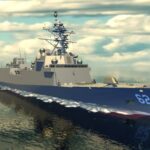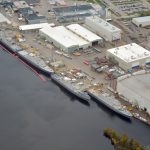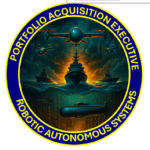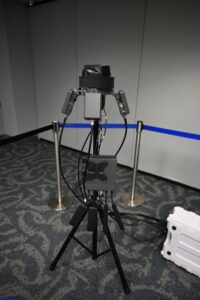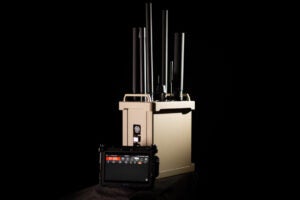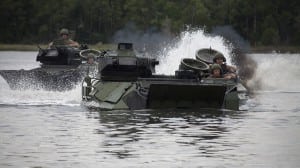
The Government Accountability Office (GAO) said in a new report the accelerated pace at which the Marine Corps is procuring the first iteration of its Amphibious Combat Vehicle (ACV) poses risks to the program, though its reliance on mature technologies likely will produce the best return for the Defense Department’s investment.In Mid-November, the Marine Corps will select two companies from a field of five to progress into the engineering and manufacturing development phase of ACV 1.1. The service has required…

 By
By 